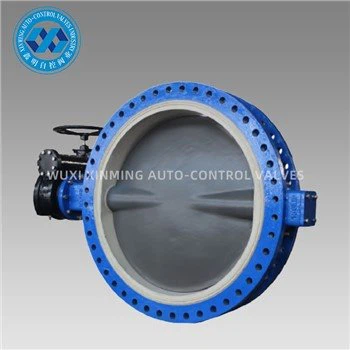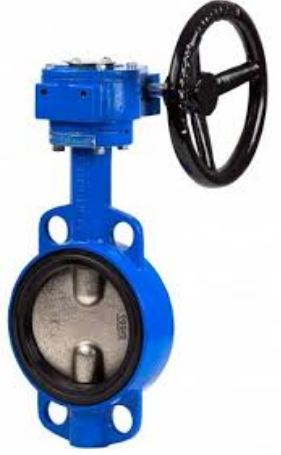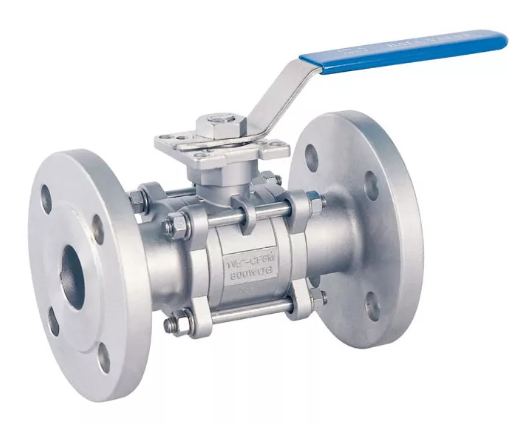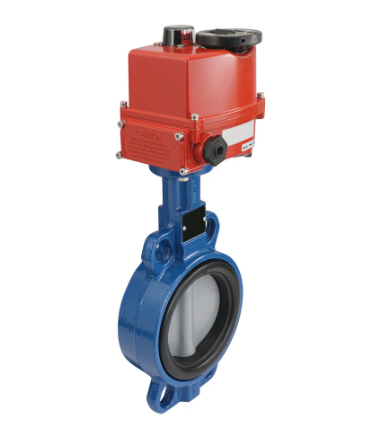Introduction
When selecting a pneumatic actuator, one of the most important considerations is torque calculation. Undersized actuators can fail to operate valves reliably, while oversized actuators may lead to unnecessary costs and inefficiency. A pneumatic actuator torque calculator is a practical tool that helps engineers and plant operators determine the correct actuator size based on valve type, pressure, and operating conditions.
What Is a Pneumatic Actuator Torque Calculator?
A pneumatic actuator torque calculator is a software or online tool used to calculate the torque requirements needed to operate a specific valve. Torque refers to the rotational force required to move a valve from one position to another (e.g., open to closed). The calculator takes into account factors such as:
-
Valve type (ball, butterfly, plug, or gate valve).
-
Breakaway torque (initial force to start valve movement).
-
Running torque (force needed to keep the valve in motion).
-
Seating torque (force required to tightly close the valve).
-
Safety factors (to account for friction, pressure changes, and wear).
Why Use a Pneumatic Actuator Torque Calculator?
-
Accuracy in Sizing
-
Prevents actuator under-sizing that could cause valve jamming.
-
Avoids oversizing, which increases cost and air consumption.
-
-
Improved Reliability
-
Ensures consistent valve performance under different pressure and flow conditions.
-
-
Energy Efficiency
-
Properly sized actuators reduce air demand and lower operational costs.
-
-
Extended Equipment Life
-
Reduces unnecessary mechanical stress on valves and actuators.
-
How the Calculator Works
A pneumatic actuator torque calculator typically requires the following inputs:
-
Valve specifications (diameter, type, and manufacturer data).
-
System conditions (air supply pressure, medium type, temperature).
-
Required safety factor (commonly 20–30%).
-
Actuator type (rack and pinion, scotch yoke, or diaphragm).
Based on these parameters, the calculator generates:
-
Minimum actuator torque required.
-
Recommended actuator size and model.
-
Graphs or tables showing torque at different operating pressures.
Applications in Industry
-
Oil & Gas Pipelines – controlling large-diameter ball valves under high pressure.
-
Water & Wastewater Treatment – regulating butterfly valves in pumping stations.
-
Chemical Processing – ensuring safe operation of plug valves handling corrosive media.
-
Power Generation – automating valves in boilers, cooling, and fuel handling systems.
Best Practices When Using a Pneumatic Actuator Torque Calculator
-
Always use manufacturer-provided valve torque data for accurate results.
-
Include an appropriate safety margin to cover unexpected friction or deposits.
-
Verify that the air supply pressure matches the actuator’s operating range.
-
Choose actuators with certifications (ATEX, ISO, SIL) when used in hazardous environments.
-
Recheck torque calculations during valve maintenance or system upgrades.
Conclusion
A pneumatic actuator torque calculator is an essential tool for engineers, maintenance teams, and procurement specialists. By ensuring accurate actuator sizing, it helps reduce costs, improve reliability, and extend the service life of valve automation systems. Whether you are working in oil & gas, water treatment, or chemical processing, using a torque calculator ensures your pneumatic actuator is the right fit for the job.
If you want to learn more about low-priced products, please visit the following website: www.xm-valveactuator.com
















